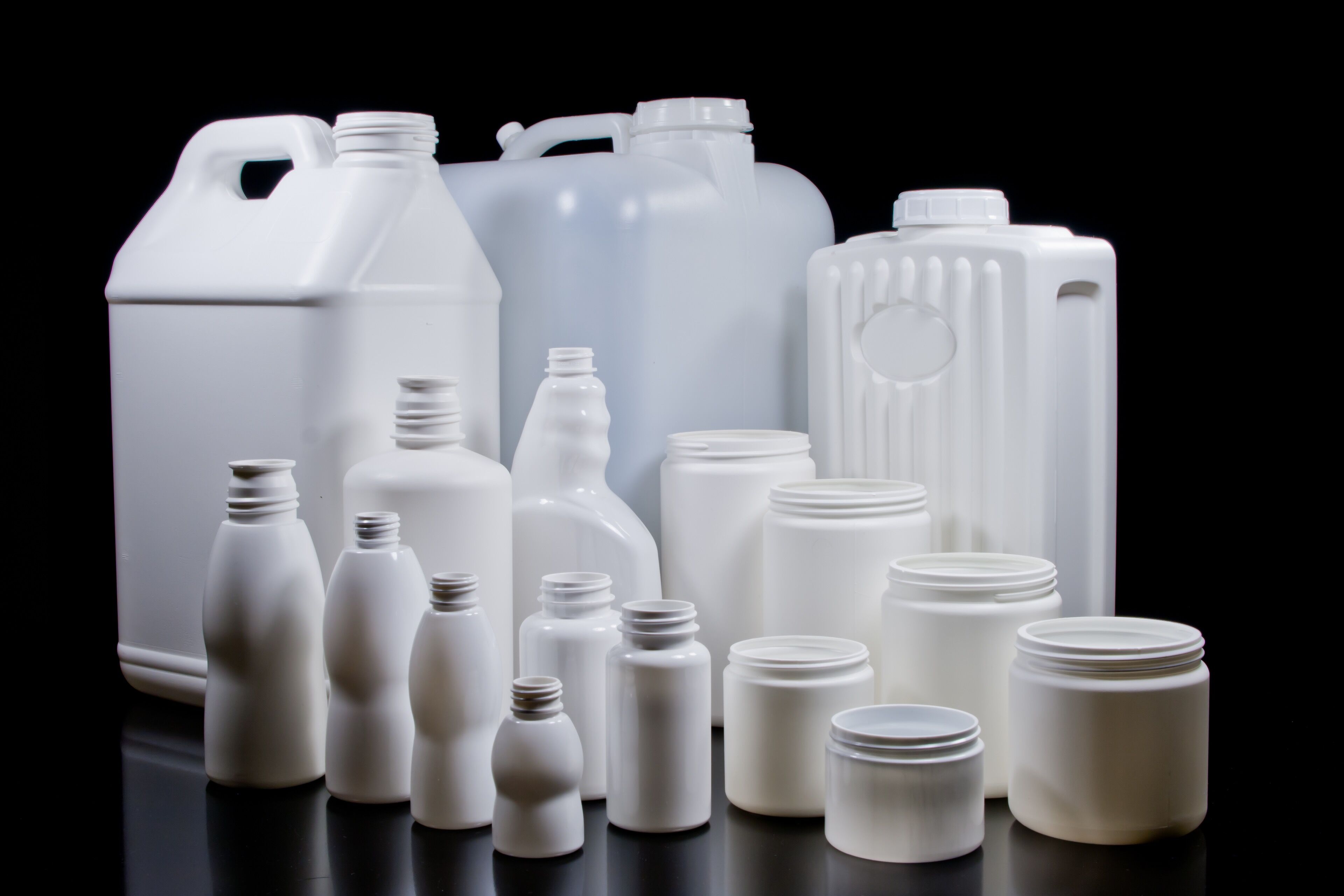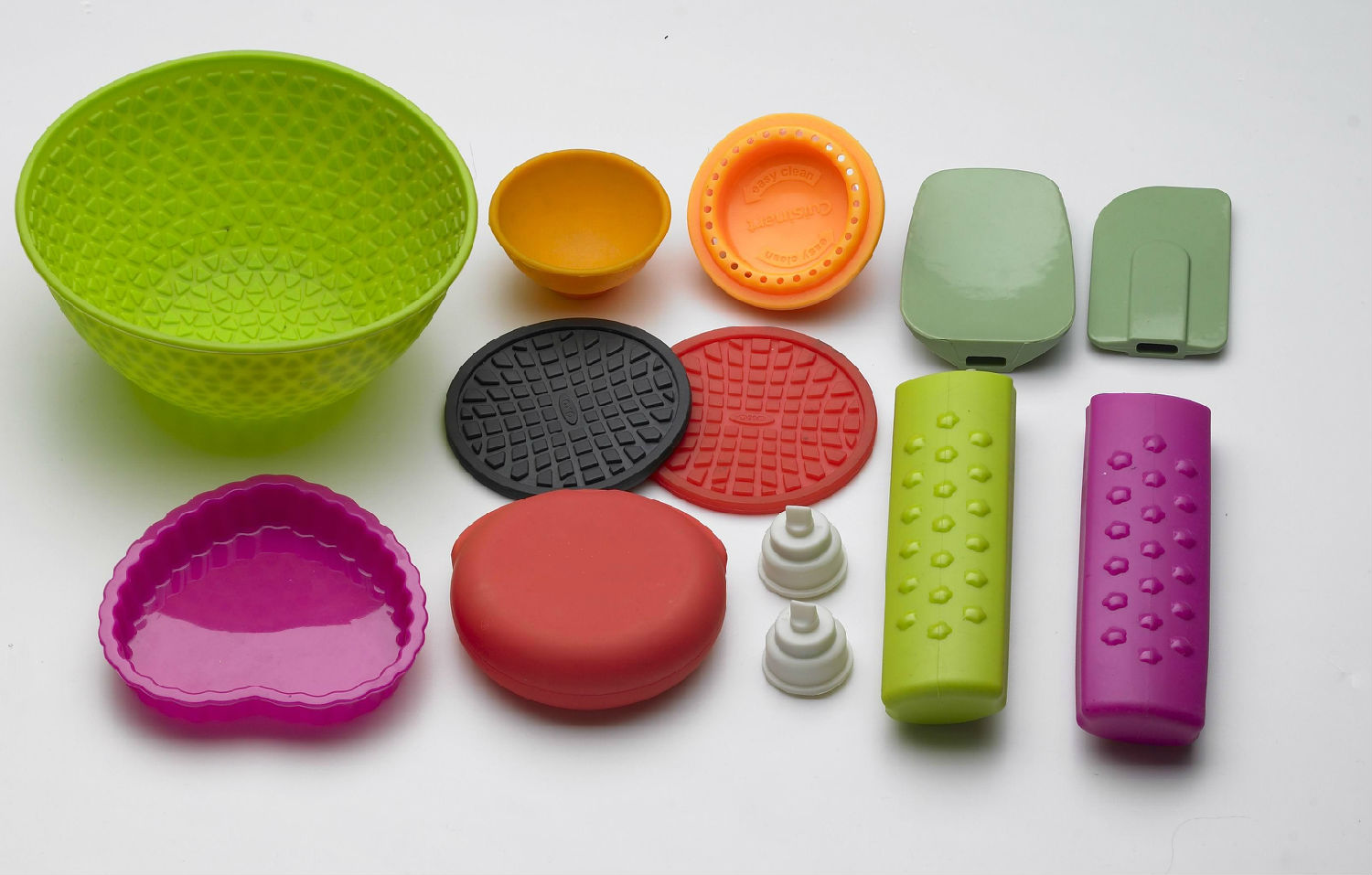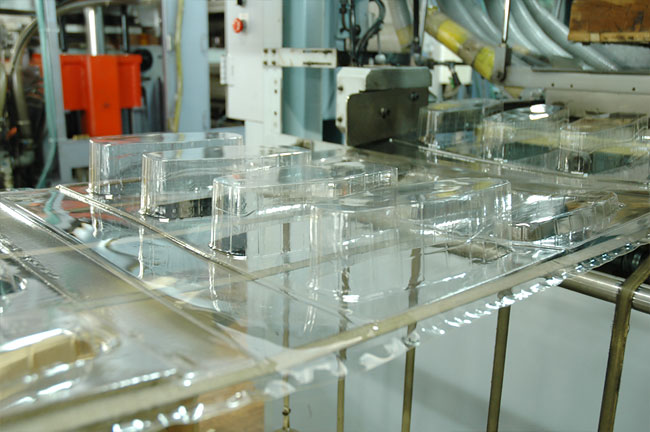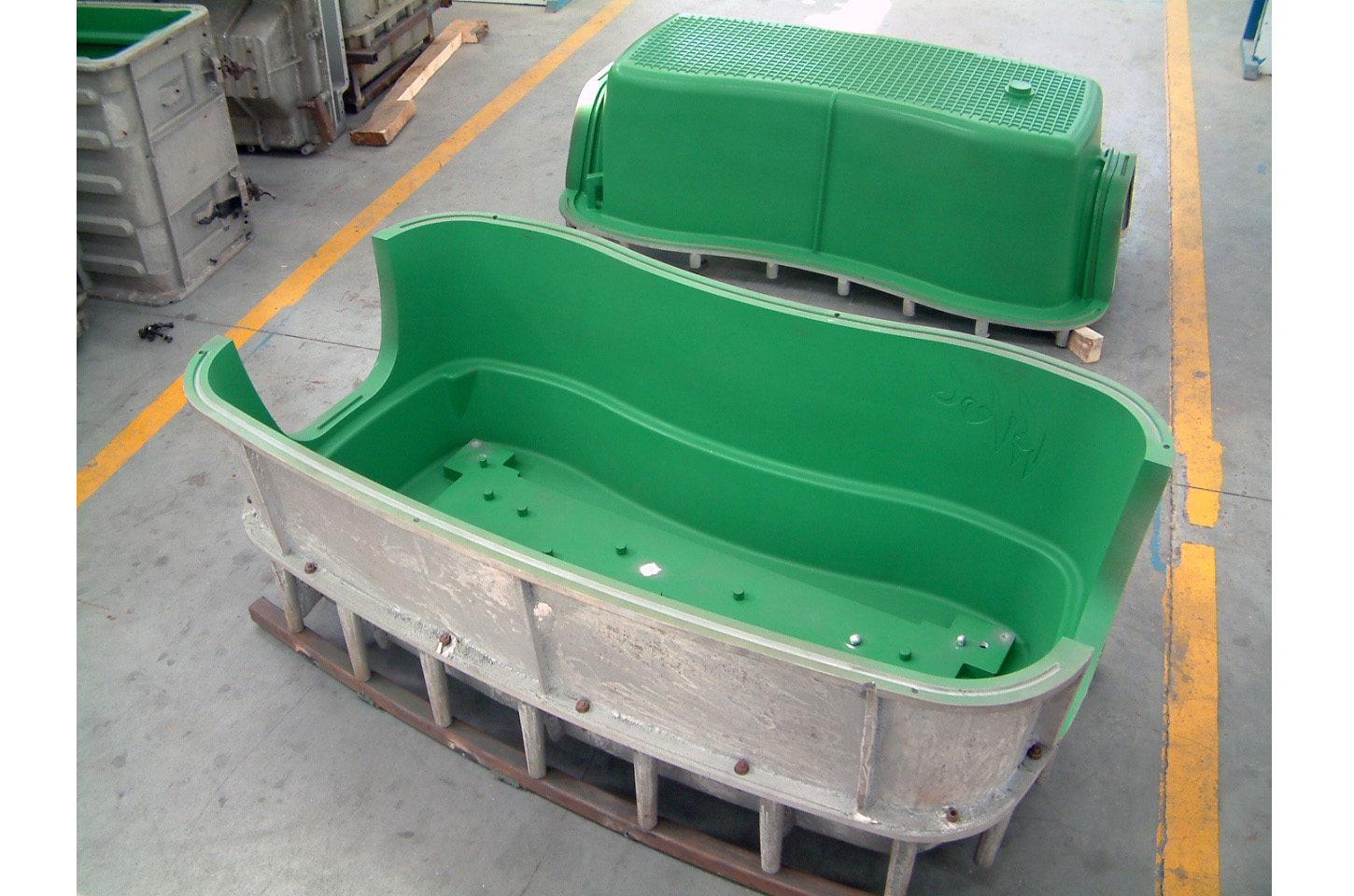Plastic Injection Manufacturer with Customized Service For Many Industries - Mulan Group ![]() Contact@china-plasticparts.com +86 021 3479 1660
Contact@china-plasticparts.com +86 021 3479 1660
What Is the Difference Between Blow Molding, Injection Molding, Blister and Rotary Molding? | MULAN
What is Blow Molding & the Advantages of it
Blow molding is a manufacturing process used to create hollow objects made of plastic. The process involves melting plastic pellets and then forcing the molten plastic into a mold cavity. The mold is typically made of two halves that are clamped together, and air is blown into the molten plastic to form the desired shape. Once the plastic has cooled and solidified, the mold is opened and the finished product is removed.
One of the advantages of blow molding is that it is a relatively low-cost process, making it ideal for producing large quantities of hollow plastic products such as bottles, containers, and tanks. Additionally, blow molding allows for the creation of complex shapes with intricate details and thin walls. However, it is limited in terms of the materials that can be used, as only certain types of plastics can be processed using this method.

What is Injection Molding & the Advantages of it
Injection molding is a manufacturing process used to create a wide range of plastic products, from small parts to large components. The process involves melting plastic pellets and then injecting the molten plastic into a mold cavity under high pressure. The mold is typically made of two halves that are clamped together, and the plastic is allowed to cool and solidify in the mold before the finished product is removed.
Injection molding offers several advantages over other plastic manufacturing processes, including the ability to create highly precise and complex parts with consistent quality. Additionally, a wide range of plastic materials can be used with injection molding, including thermoplastics, thermosetting plastics, and elastomers. However, injection molding can be a more expensive process compared to other methods, and it requires specialized equipment and skilled operators.

What is Vacuum Forming & the Advantages of it
Vacuum forming, also known as thermoforming, is a plastic manufacturing process that involves heating a thermoplastic sheet until it becomes pliable, then using vacuum pressure to form the plastic around a mold. The mold can be made of a variety of materials, including wood, foam, or aluminum, and can be used to create a wide range of shapes and sizes.
One of the main advantages of vacuum forming is that it is a relatively low-cost process, making it ideal for producing low-volume products such as packaging inserts, trays, and displays. Additionally, vacuum forming allows for the creation of large, complex parts with minimal tooling costs. However, it is limited in terms of the materials that can be used, as only certain types of thermoplastics can be processed using this method.

What is Rotational molding & the Advantages of it
Rotational molding, also known as rotomolding, is a manufacturing process used to create large, hollow plastic products such as tanks, containers, and playground equipment. The process involves loading plastic powder into a mold, which is then rotated on multiple axes while being heated. The plastic powder melts and coats the inside of the mold, forming the desired shape. Once the plastic has cooled and solidified, the mold is opened and the finished product is removed.
One of the advantages of rotational molding is that it can produce large, complex shapes with consistent wall thickness and strength. Additionally, rotational molding allows for the use of a wide range of plastic materials, including high-density polyethylene (HDPE), polypropylene (PP), and polyvinyl chloride (PVC). However, rotational molding can be a more time-consuming and costly process compared to other plastic manufacturing methods, and it requires specialized equipment and skilled operators.
In conclusion, each of these plastic manufacturing processes offers unique advantages and disadvantages depending on the specific application and production volume. Choosing the right method requires careful consideration of factors such as cost, material properties, production volume, and part complexity.

With its high-quality requirements for , MULAN gains trust from all its customers.
About MULAN
Mulan Manufacturing Group specializes in the manufacture of customized parts. It has been engaged in the customized production of plastic and metal parts for more than 18 years.
Mulan Group uses advanced processing equipment and scientific quality management system to provide global suppliers with one-stop customized plastic and metal custom parts production solutions.
Mulan Group provides a cost-effective one-stop supply service with an efficient sales team, reasonable low-cost quotation and strong manufacturing resources. Rich production experience allows Mulan Group’s services to meet the products of various industries.
Mulan Group has participated in many important product development and manufacturing to understand the use characteristics and requirements of different products. In other words, only a brief description of the customer, the production plan and the actual cost of the product can form a formal report.
Mulan Group currently owns 2 manufacturing companies and holds 3 processing plants. Its business scope includes: CNC Machining Service, sheet metal Fabrication, Rapid Prototyping, Plastic injection molding service, mold tools, etc. An experienced team of engineers and an efficient sales team provide quick feedback to all production project queries for global buyers.

QUICK LINKS
mulan Cases & Services
CONTACT US









